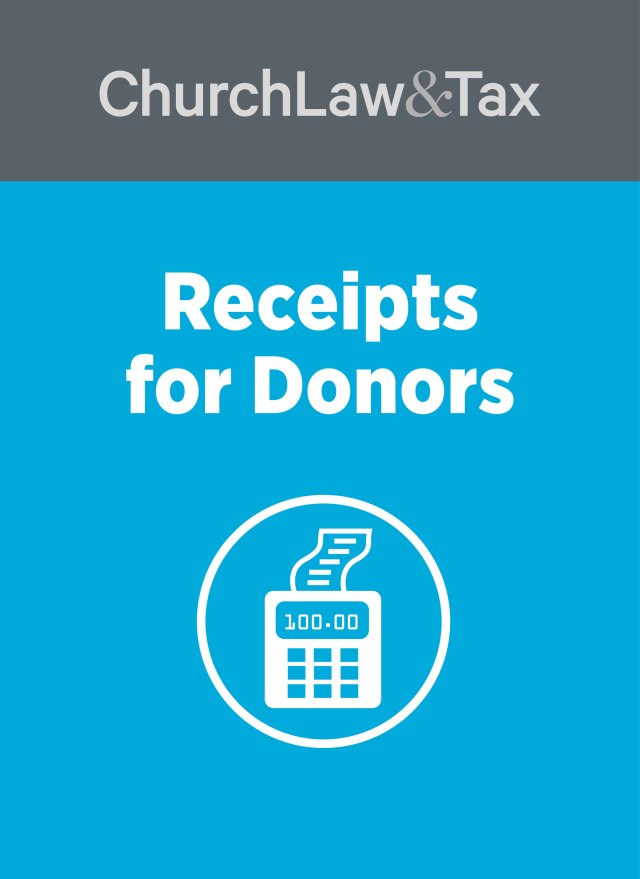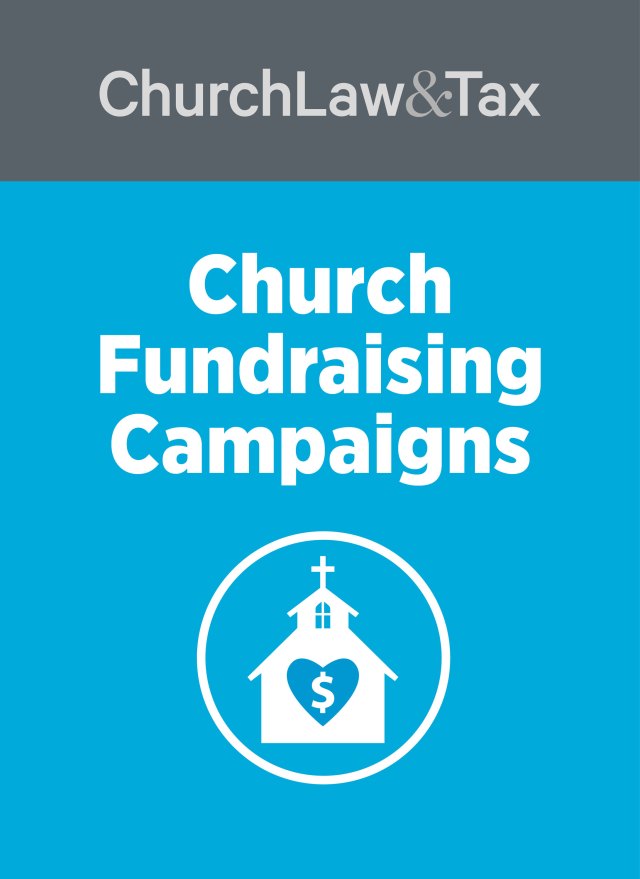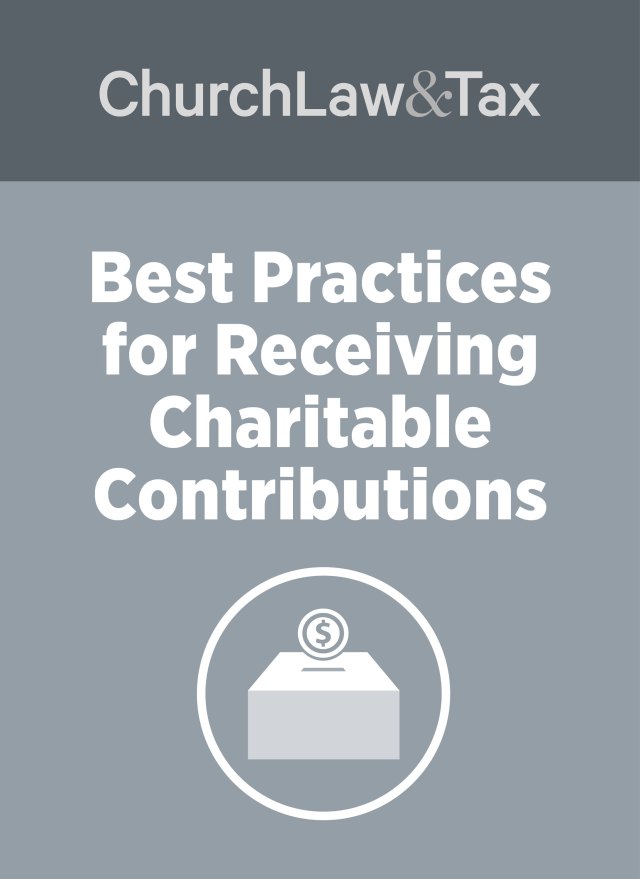Overview. A few years ago the public was stunned by the sudden financial collapse of several major companies, including Enron Corporation, Global Crossings, and Tycho. Several concerns were immediately raised by investors, regulators, and legislators, and Congress responded by enacting the Sarbanes-Oxley Act in order to improve corporate accountability and restore investor confidence.
At the same time the media began focusing on allegations of questionable conduct by trustees and executives of public charities. In some cases the alleged abuses were clear violations of the law. In others the issue was whether certain practices met the high ethical standards expected of the charitable sector.
These disclosures caught the attention of Congress. In September of 2004 the chairman of the Senate Finance Committee, Senator Charles Grassley (R-IA), and the ranking member, Senator Max Baucus (D-MT), sent a letter to the Independent Sector encouraging it to assemble an independent group of leaders from the charitable community to consider and recommend actions “to strengthen governance, ethical conduct, and accountability within public charities.” The Senate Finance Committee leadership requested a final report in 2005.
Key point. The Independent Sector is a nonprofit, nonpartisan coalition of approximately 500 national public charities, foundations, and corporate philanthropy programs, collectively representing tens of thousands of charitable groups in every state across the nation.
The Independent Sector responded by creating a “Panel on the Nonprofit Sector” consisting of 24 leaders of public charities. The Panel embarked upon a wide-ranging examination of how to strengthen the governance, accountability, and ethical standards of public charities. It convened several public hearings, obtained valuable input from advisory groups and work groups, and consulted with dozens of professionals. The Panel’s final report was submitted to the Senate Finance committee on June 22, 2005. It consists of more than 100 recommendations for changes to be adopted by Congress, the IRS, or charities themselves.
Application of the Panel’s recommendations to churches. The Panel’s recommendations fall into three categories:
- Changes in the federal tax code.
- Changes in IRS forms and practices.
- Voluntary implementation of recommended practices by public charities without any congressional or IRS action.
- Many of the Panel’s recommendations apply only to public charities that file Form 990 with the IRS. Churches and many other religious organizations are exempt from this requirement, and on this basis are not targeted by many of the recommendations. Some recommendations will have a direct or indirect effect on churches, if adopted, and those of most relevance to church treasurers are summarized in a series of articles beginning with this one.
- Changes in the federal tax code. The Panel recommended several changes in the tax code. Here are the recommendations that are of most relevance to church leaders:
- (1) require tax exemption applications (Form 1023) to be filed electronically
- This proposal would have some impact on churches. Churches are not required to file Form 1023 to obtain IRS recognition of exempt status, but there are some advantages in doing so. These include:
- • Substantiating members’ charitable contributions. If the IRS audits a member’s donations to a church, it will check its directory of exempt organizations (Publication 78) to see if the church’s name is listed. If it is not, then the church will have to prove that it is a bona fide church that is entitled to exemption. This can be a time-consuming process that is avoided if the church obtains IRS recognition of exemption.
Tip. Many churches are covered by a denominational group exemption ruling which provides IRS recognition of exemption without having to file Form 1023.
- • Confirming eligibility for other tax exemptions. In many states, churches must provide proof of exemption from federal income taxes to qualify for exemption from state sales or property taxes.
- If this recommendation is adopted, then a church filing an exemption application (Form 1023) would do so electronically.
- (2) changing the definition of qualified appraisals and qualified appraisers
- If a taxpayer claims deductions for contributions of noncash property that total over $500, the taxpayer must file IRS Form 8283 with his or her tax return. If the deduction claimed for any single item (or “similar items”) other than stock exceeds $5,000, the taxpayer must have the item or items appraised by a qualified appraiser and attach an “appraisal summary” to his or her tax return (this is done on Form 8283, Section B) that includes a signed declaration of the appraiser and a signed acknowledgement from the charitable organization that received the donation. An appraisal is also required for contributions of non-publicly traded stock if the deduction claimed exceeds $10,000.
Key point. If the claimed deduction is more than $500,000, or if the donor’s total deduction for art is $20,000 or more, a copy of the qualified appraisal must also be filed with the donor’s return.
Key point. Noncash contributions, including gifts of art, land, stock, securities, household goods, motor vehicles, clothing, among other items, are a significant source of support for many charitable organizations. Noncash contributions accounted for roughly $34 billion, or 25%, of the amounts claimed for charitable contributions by taxpayers who itemized deductions on their federal income tax returns in 2003.
- A qualified appraisal is a written appraisal that: (1) relates to an appraisal made no earlier than 60 days before the contribution and no later than the due date of the return on which the deduction is first claimed; (2) is prepared, signed, and dated by a qualified appraiser; (3) includes a description of the donated property and the appraisal methods and results, and identifies the appraiser; and (4) does not involve an appraisal fee based on a percentage of the appraised value of the property (other than certain fees paid to a generally recognized association that regulates appraisers).
- A qualified appraiser is an individual who: (1) holds himself or herself out to the public as an appraiser or performs appraisals on a regular basis; (2) is qualified to make appraisals of the type of property being valued; (3) is independent; and (4) understands that he or she may be subject to a civil tax penalty for an intentionally false or fraudulent overvaluation.
- The Panel made the following recommendations to strengthen the definitions of qualified appraisals and qualified appraisers:
- Define a “qualified appraisal” as one prepared by a qualified appraiser in accordance with generally accepted appraisal standards and Department of the Treasury regulations.
- Define a “qualified appraiser” as an individual who (1) has earned an appraisal designation from a recognized professional appraiser organization or has otherwise met minimum education and experience requirements to be determined by the IRS in regulations; (2) regularly performs appraisals for which he or she receives compensation; (3) can demonstrate verifiable education and experience in valuing the type of property for which the appraisal is being performed; (4) has not been prohibited from practicing before the IRS by the Secretary of the Treasury at any time during the previous three years; and (5) is not excluded from being a qualified appraiser under applicable Treasury regulations.
- Direct the Secretary of the Treasury to prescribe by regulation that a qualified appraisal for contributions of real estate claimed to have a value of more than $100,000 must be prepared by a state general certified real estate appraiser in accordance with the Uniform Standards of Professional Appraisal Practice.
Example. A church member informs the church treasurer that she would like to donate her home to the church. She is not aware that she must obtain a qualified appraisal from a qualified appraiser in order to substantiate such a donation. If the Panel’s recommendations are adopted by Congress, then the donor will need to obtain a qualified appraisal of her home that complies with “generally accepted appraisal standards.” In addition, the qualified appraiser who performs the appraisal must meet stringent requirements. Most notably, if the donor is claiming a deduction of more than $100,000 for a donation of real estate, then the qualified appraisal must be prepared by a state-certified real estate appraiser in accordance with the Uniform Standards of Professional Appraisal Practice. The point is that under the Panel’s recommendations a qualified appraiser of real estate will not necessarily be any appraiser whose name appears in the local telephone directory. It is important for church treasurers to be alert to any changes in these requirements so they can assist donors in complying with the law. While compliance is the donor’s responsibility, many donors are not aware of the substantiation requirements that apply to contributions of property. Church treasurers can be of great help in such cases.
- (3) electronic filing of Form 8282
- If a church sells donated property requiring an appraisal summary within two years of receipt of the property, it must file Form 8282 reporting that sale to the IRS. The Panel recommended that Congress amend the tax code to require churches and other charities to file Form 8282 with the IRS electronically. It explained, “Forms 8282 filed by charitable organizations if they sell or dispose of the property within two years of the donation are a potentially valuable source of information for the IRS. Mandatory electronic filing of these forms would facilitate comparability of data and provide appropriate audit flags where there are significant discrepancies between the taxpayer’s claimed value and amount received by charity.”
Example. A church member donates a tract of land to the church. He obtained a qualified appraisal of the property because he claimed a charitable contribution deduction in excess of $5,000, and the church treasurer signed the appraisal summary (Form 8283, Section B). Under current law, the church is required to file a Form 8282 with the IRS if it sells or otherwise disposes of the property within two years of the donation. If the Panel’s recommendation is adopted by Congress, then the church would have to file a Form 8282 with the IRS electronically.
- (4) signing Form 8283
- Under current law, a church or other charity must sign the “donee acknowledgment” that is a part of the “qualified appraisal summary” contained on Form 8283, Section B. The donee acknowledgment is at the bottom of the appraisal summary, below the donor’s description of the donated property and the appraiser’s signature. The donee acknowledgment states, “This charitable organization acknowledges that it is a qualified organization under section 170(c) [includes churches] and that it received the donated property as described in Section B, Part I, above on [date].”
- In some cases, persons who donate property to a church will have the church sign the donee acknowledgment before the appraiser signs. The Panel recommended that the tax code be amended to require donors to complete information on the appraised value, including the name of the appraiser, before asking the charity to substantiate that it received the donation.
Example. A church member donates property to a church, and claims a charitable contribution of more than $5,000. The donor asks the church treasurer to sign the donee acknowledgment section of the qualified appraisal (Form 8283, Section B) before the donor completes the section describing the property and its value, and before the appraiser signs the form. This is permissible under current law. However, if the Panel’s recommendation is adopted, then the church treasurer should not sign the appraisal summary until the donor has completed the section describing the donated property and its value, and the appraiser has signed the form.
- Next month we will address more of the Panel’s recommendations that have direct application to church treasurers.
- This article first appeared in Church Treasurer Alert, August 2005.




